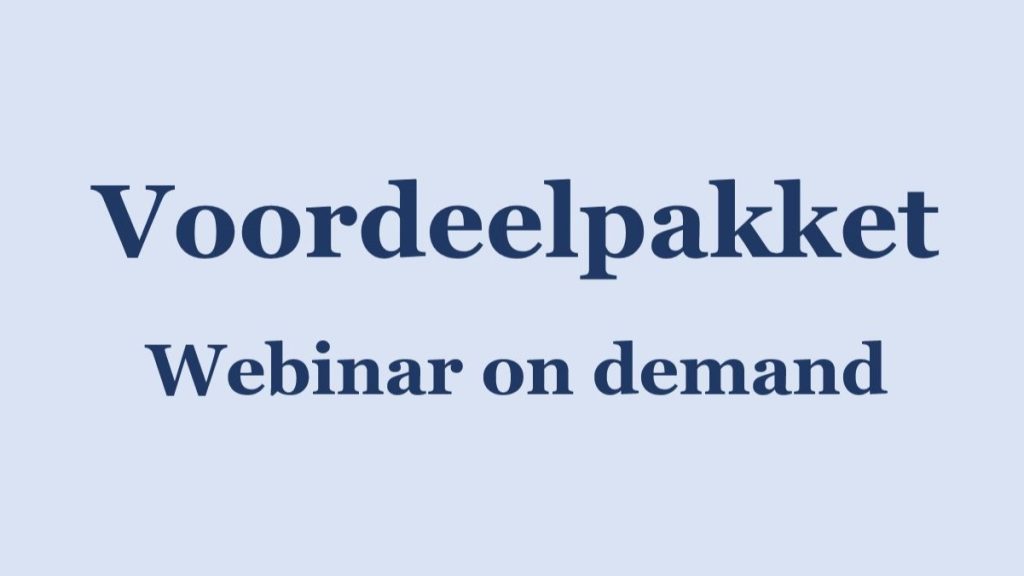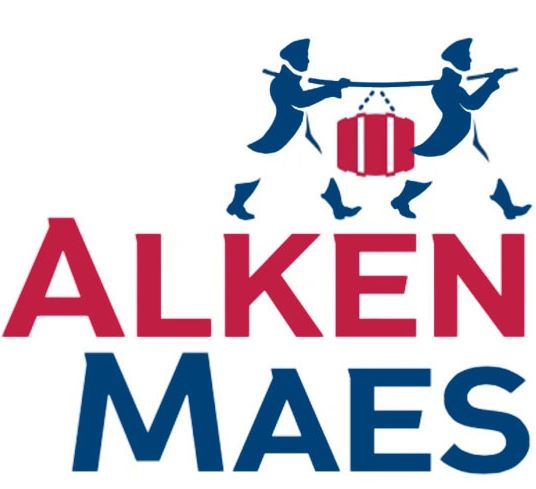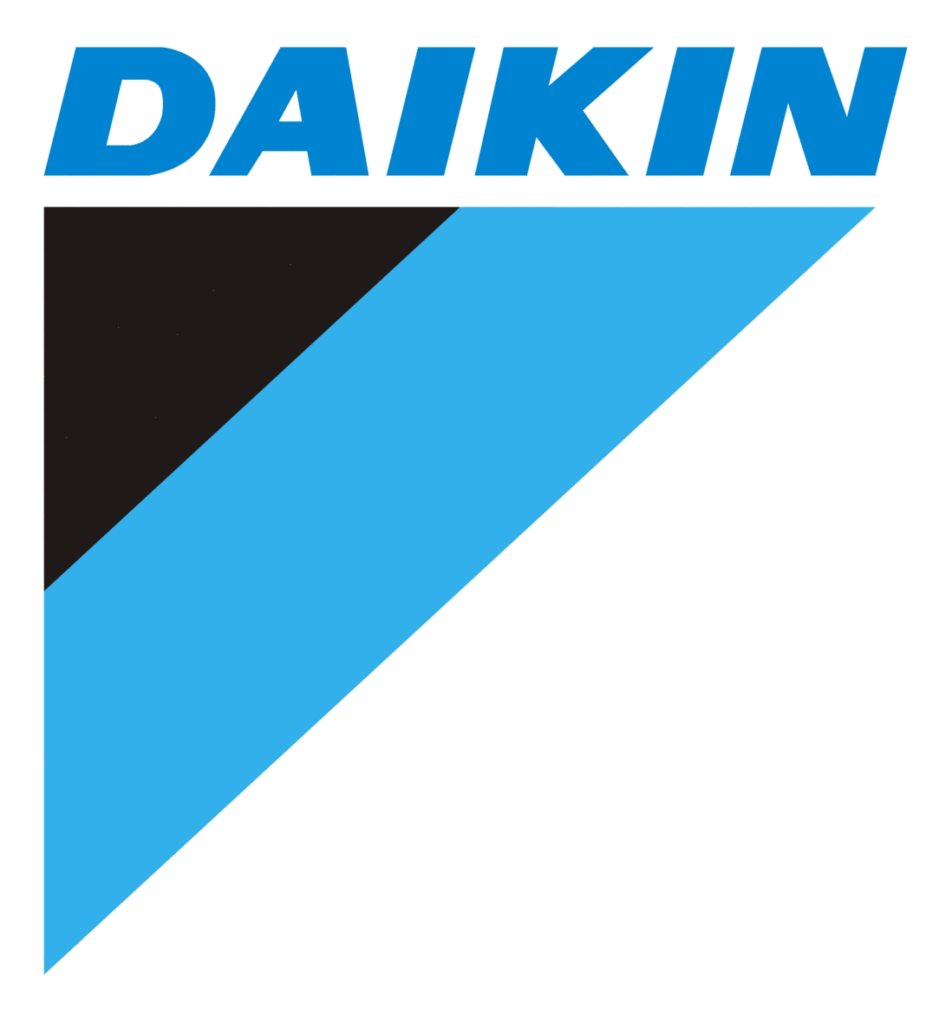Woninghuur in Vlaanderen en Brussel:
het antwoord op 25 praktijkvragen
Mr. Ulrike Beuselinck en mr. Koen De Puydt (Seeds of Law)
Webinar op dinsdag 27 augustus 2024
Consumentenbescherming bij de verwerving
van financiële diensten: de laatste ontwikkelingen (optioneel met handboek)
Prof. dr. Reinhard Steennot (UGent)
Webinar op donderdag 30 mei 2024
Vereffening-verdeling van nalatenschappen:
16 probleemstellingen
Mr. Nathalie Labeeuw (Cazimir)
Webinar op vrijdag 26 april 2024
Blockchain IPOs: the dusk (/dawn?) of regulation has arrived (Corporate Finance Lab)
Author: Cedric Hauben (DLA Piper)
Date of publication: 09/08/2017
This article was first published on Corporate Finance Lab
Blockchain projects have been around for over a decade. Despite its turbulent and mysterious evolutions, the prototype case of Bitcoin remains the most well-known blockchain application on the market. It still stands as the leading example in the realm of cryptocurrencies, which is nowadays made up out of numerous variations on the theme called Bitcoin. While specifications vary, the underlying principles remain the same among cryptocurrencies. However, thanks to a shifting horizon, the legal landscape keeps on changing.
Tip of the iceberg
We know by now that blockchain as a concept is much broader than just virtual currency applications. Hundreds of other use cases have been developed and, according to believers, blockchain shows the potential to realise a similar impact as the internet has had. Some say the practice field of notaries could be heavily diluted once land registration gets implemented on specifically developed blockchains. The state of Delaware has recently proven that tracking a company’s shareholding can be registered much more efficiently and transparent on a private blockchain. The plea to copy this example in Belgium must be endorsed. Combining this initiative with the implementation of the Belgian national pledge register (if ever) following the law of 11 July 2013, and an extension thereof to immovable asset securities, would make Belgium a global frontrunner in the domain of innovative corporate and financial housekeeping.
Especially the duality of private versus public blockchains provides for a wide variety of potential applications. Simply put the difference comes down to the following. Since a private blockchain ledger is ordered, installed and potentially controlled to a certain extent by a central organisation (say a company), it will be possible to address queries and claims to that centralised contact point. Thus, there is a determinable entity, whether or not enjoying legal personality, which can be held accountable for liabilities. On the contrary, public blockchains are ‘open source’, meaning that every node (participant) is a potential actor in the transactions taking place in the network or even a potential contributor to the computer code driving the network. This latter concept has proven to be a nightmare for law enforcers on various occasions, because they are looking at a peer-to-peer network which can be spread out across the globe with thousands of participants, but with no one in charge. Such network by its nature lacks legal personality, which make public blockchain ledgers a go to haven for those in search of anonymity.
Blooming in the shadows
Bitcoin has repeatedly managed to beat the odds by fighting itself back into its prominent position as most-hyped blockchain application. Undisputedly, it has benefited from its pioneer status insofar as regulators saw no need to tackle this exotic initiative, based on the economic reality that the transaction costs of properly investigating and regulating it outweighed whatever harm it could possibly do. Until the world of cryptocurrencies would grow large enough to cause substantial trouble (i.e. to pose systemic risk for our traditional markets) no authority would squander its tax payers’ money on halting just another frivolous though difficult to grasp invention of the worldwide web. On another note, it goes without saying that one must abstain from muddling in the morass of existing financial regulations, which have been developed around the ideas of centralisation and transparency, two ideals not exactly held high by cryptocurrency adepts.
Honestly though, one cannot deny the ugly truth. Over the last couple of years Bitcoin and the like have proven themselves to be premium vehicles for the financing of everything that is shady on earth. Hard drugs, arms, assassins, child pornography, … No matter how illegal a product, it can easily be purchased on the Deep Web and paid for in Bitcoin. Confronted with this worrying reality, some governments have taken up the half-hearted resolution to curb these growing abuses. The European Union, led by the United Kingdom’s example, has undertaken to limit the possibilities of money laundering and terrorist financing by including virtual currency exchanges in the scope of the following EU Anti Money Laundering Directive (AMLD5). Even pretty little Belgium proclaimed that it would take the necessary measures. Nevertheless, the legislator apparently failed to seize the momentum, since the bill of law on the new Belgian AML legislation (as accepted by parliament in July of this year) unfortunately remains silent in this respect.
However, a substantial turning point in regulating the global blockchain paradigm may have been reached very recently, thanks to the influential platform Ethereum, on which its users can develop blockchain based applications. Ethereum combines facilitating the creation of new businesses (mostly distributed ledgers technologies or DLTs), with the issuing of its own virtual currency called Ether. The Ethereum community thus flourishes because it functions as a forum where innovative minds meet investors with a particular interest in the DLT industry. The latter can consequently fund projects that are being presented within the community. Although the details of this mechanism may differ, the most generic approach is for investors to buy tokens issued by the DLT project developer. Naturally, these tokens are paid for in Ether (which on their turn will have been bought in exchange for traditional currencies ($, €, £, …)). The investors regularly receive early adopter advantages, but mainly buy a stake in the start-up project. Return on investment consists of a share in the envisaged project’s profits. Straightforwardly put: dividends. Alternatively, or concurrently, a secondary market develops, on which these tokens can be sold. This crowdfunding practice is commonly referred to Initial Coin Offerings (ICOs). Thus, the crypto-community invented its own means of venture capitalism.
One of the pillars behind the original (public) virtual currency ideology is the quest to avoid centralised supervision. Traditional financial supervisors could afford to abstain from interfering with a small-scale alternative virtual means of payment which hardly affects customers in their everyday dealings. However, once full-blown businesses are being founded and services are being provided into the material world, supervisory bodies can no longer turn a blind eye on this sector. In order to warrant consumer protection and market stability, these practices need addressing. As the virtual world emerges into our everyday reality, it faces the rule of law.
Big brother steps in
Unsurprisingly, the first institution to publicly take this stance, was the United States Securities and Exchange Commission (SEC). The world’s most powerful market supervisor declared on 25 July 2017 that U.S. federal securities laws apply to the sale of tokens, as described above. The SEC used the example of Decentralised Autonomous Organisation (DAO) tokens.
The effect of this report cannot be underestimated, as it opens the door for a more pragmatic interpretation of existing regulations vis-à-vis blockchain initiatives. This finally shifts the legislative approach to a more pragmatic point of view. In particular when analysing the applicability of securities laws, the decisive factor should be whether a particular token has a functional utility as opposed to acting as a vehicle for speculation. It should boil down to whether or not the token is a financial instrument as we know them anno 2017.
The same functional approach can be applied when analysing whether data protection rules apply to smart contracts, or when ruling on a conflict of laws issue in a peer-to-peer network environment. More precisely, Belgium’s new crowdfunding law (dated 18 December 2016) should be interpreted as capturing ICOs within its scope. At least to provide a regulatory level playing field with classically funded start-ups or other equity investors, the law should apply across the board. On a different level, another stretch of imagination would allow proactive EU institutions to bring ICOs or similar cryptocurrency issuances within the field of its MiFID regulations.
Starting point
The SEC is a main stakeholder in this debate, as it is by far the best equipped and most influential supervisor on the global stage. At the same time, US securities laws are more elaborate, more widely applicable and more severely enforced than their EU alternatives. Still, the main take-away point from this milestone decision is the pragmatic acceptance that existing statutes can no longer only be defined or interpreted sensu stricto. Although public policy does not benefit from a laissez faire approach, neither does the public want regulators to waste resources on nitty witty phenomena. The SEC’s decision must therefore be seen as a stepping stone in bringing Technology 2.0 out of its shady sphere. The blockchain sector, having overcome being ‘just about cryptocurrencies’, reached a pivotal point in its growth process in that it is now deemed sufficiently prominent to be taken serious.
Most will argue that burdensome regulation will suffocate innovation. This is only partially true because, conversely, the side effects of suitable regulation can be a small price to pay in view of the upside potential that comes along with legal certainty and result predictability.
Enforcement as moonshot project
The SEC’s decision must be welcomed. However, in terms of executing its claim, any authority faces a myriad of obstacles. Not in the least because many applications already out there, or still under construction, are effectively decentralised and anonymised, thus making enforcement impracticable. This once again raises the issue of absence of legal personality which is inherent to public DLTs, as they rely on an ad hoc network made up of individual participants.
The European Banking Authority (EBA) or European Securities and Markets Authority (ESMA), the SEC’s smaller EU siblings, have not yet managed to take a serious stance on this topic. Unfortunately, Europe’s most prominent national watchdog in this debate is the Bank of England. Alas, in the wake of the recent triggering of article 50 TEU, it might be a matter of urgency for the EBA and ESMA to step forward. A proactive plan will more than likely be welcomed by the small scale blockchain businesses which are popping up all over the EU territory. Since the market for these alternative trading and financing systems is currently still relatively small in absolute numbers, the time to act is nigh.
» Bekijk alle artikels: Successie & Vermogen
















